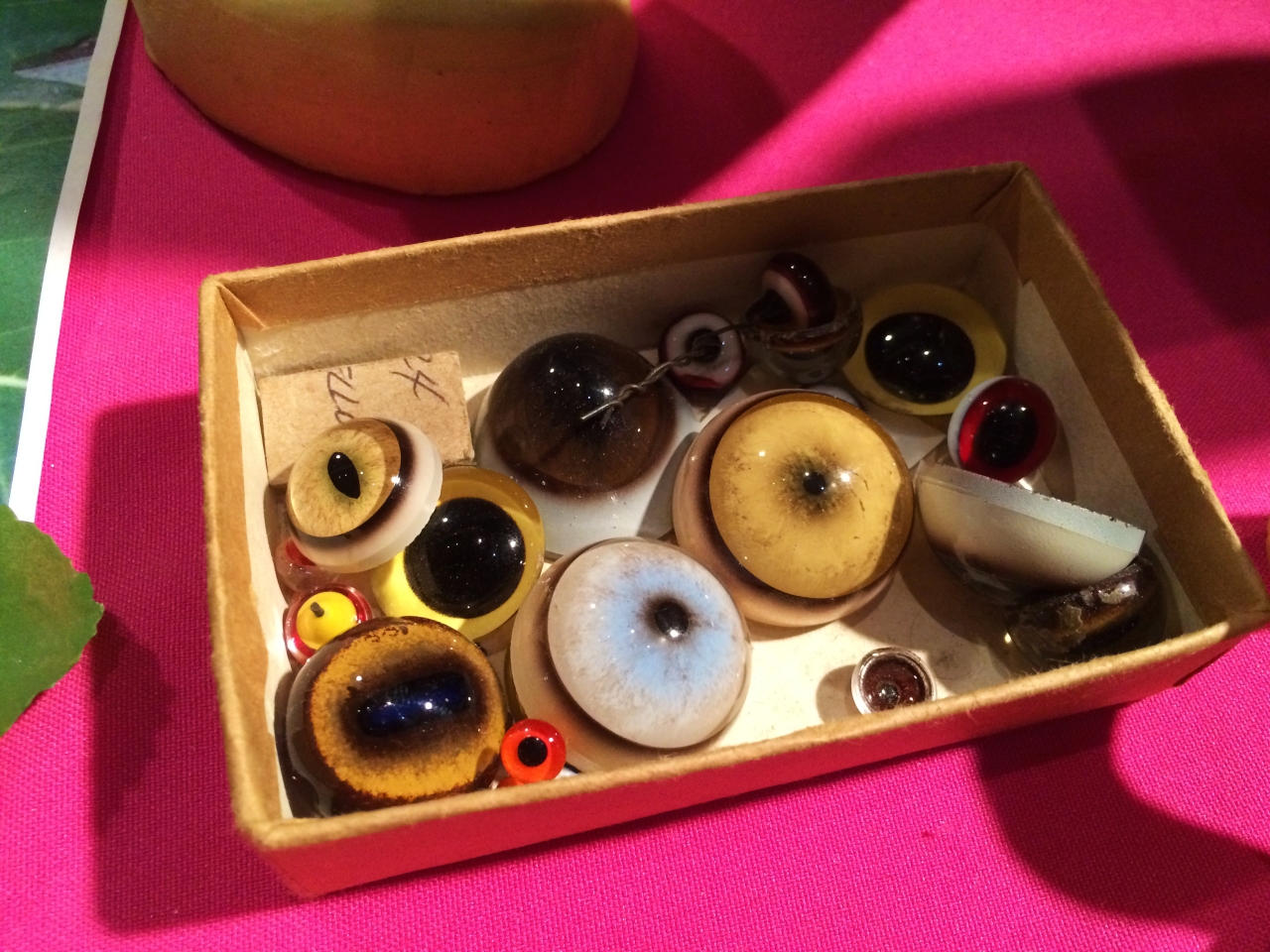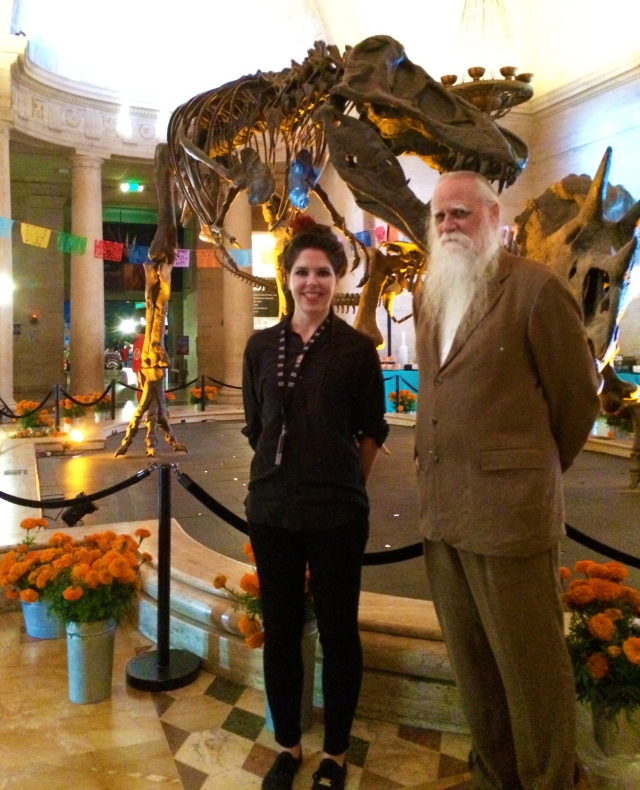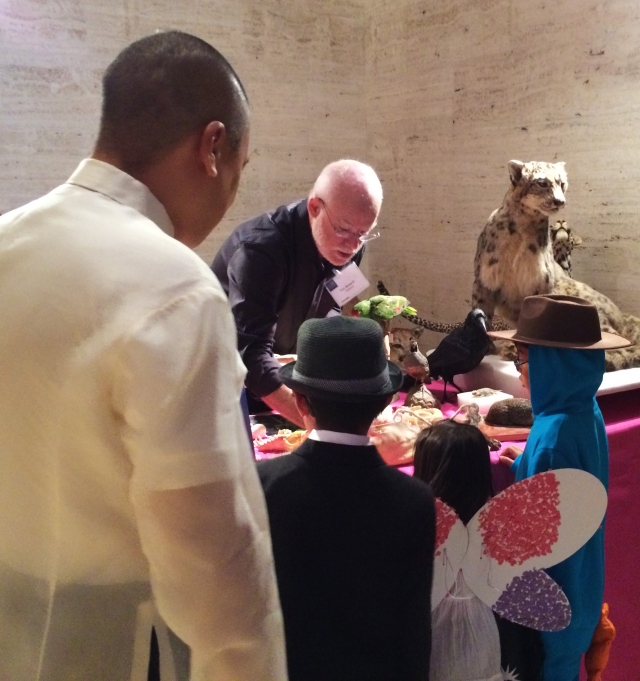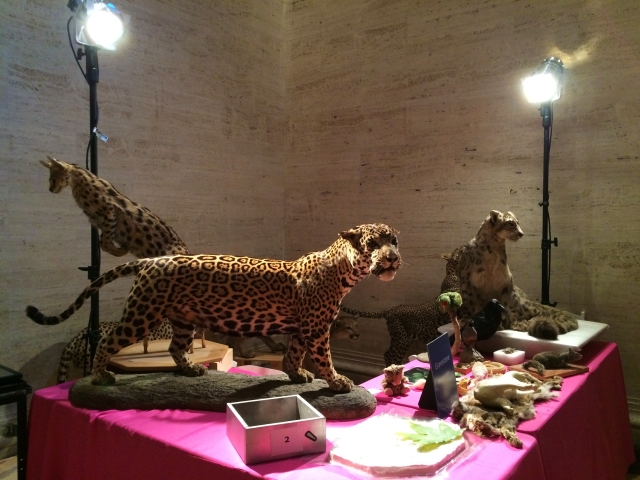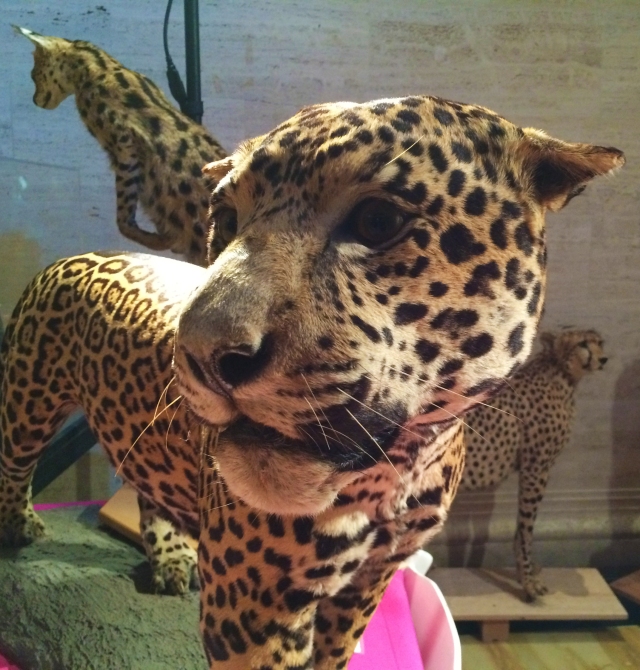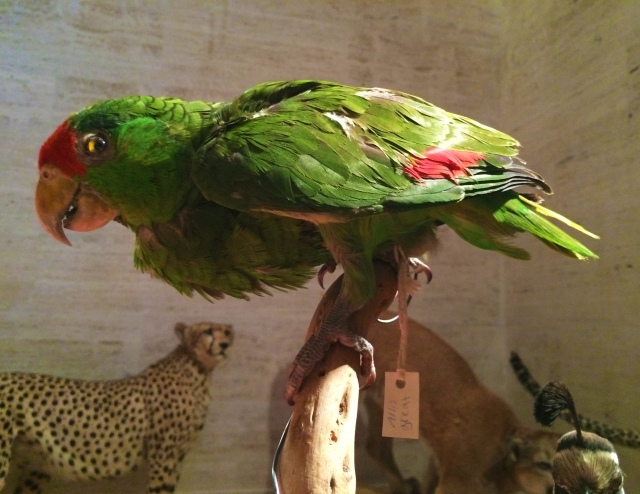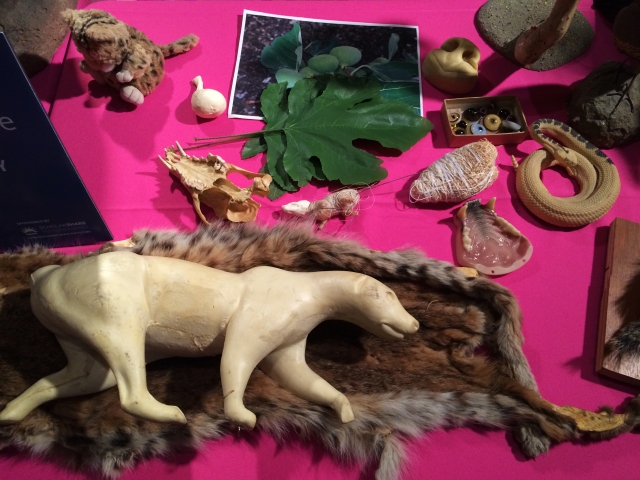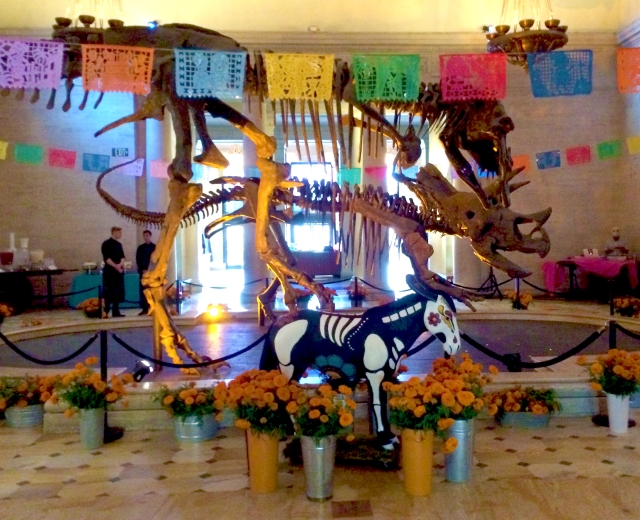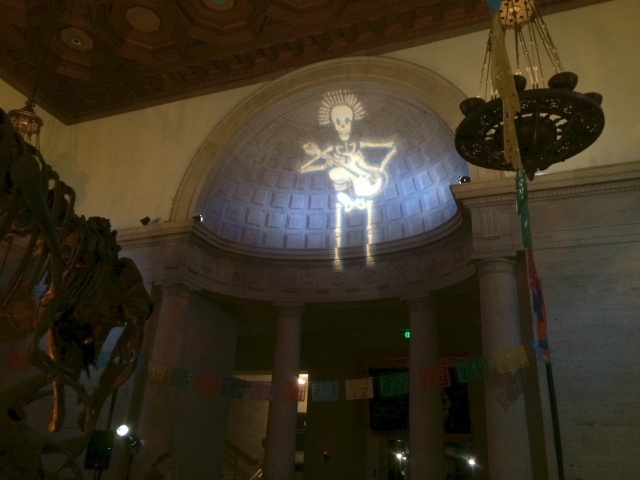“Dinosaurs were reptiles that first appeared 230 million years ago and ruled the Earth for 160 million years. They evolved into diverse groups that flourished and became extinct at various points in time. But one dinosaur group did not become extinct. Birds evolved from a larger group of predatory dinosaurs called theropods that included Tyrannosaurus rex.
At first glance, the skeletons of a modern bird and Archaeopteryx, the oldest known bird, may not look-alike. But both have a wishbone and a large breastbone. And the dinosaur Velociraptor also shares these bones too. All of these animals also have hollow bones. These are clues that tell us that birds inherited these features, among others, from their dinosaur ancestors.
Most dinosaurs laid symmetrical eggs. But some theropod dinosaurs laid lopsided eggs. Compare this to the eggs you most often see – chicken eggs, which are also lopsided. Chickens and all other birds inherited this trait from their theropod ancestors.
Caudipteryx had feathers like those of modern birds. But it wasn’t a bird, it was a theropod dinosaur. Many theropods had bird-like features – more than 20 known species – evidence that birds originated from within this group.”
-NHM Dino Hall Training Guide
That was something I found interesting that we learned while training for the dinosaur exhibit hall at the NHM. While I’ve been enjoying my time volunteering at The Natural History Museum I’ve also been working on certification of other exhibits. The training that was offered after Grandes Maestros: Great Masters of Iberoamerican Folk Art exhibit was for Dino Hall. I attended both training sessions they held on Sunday mornings (coffee!). I’m so excited to know more about dinosaurs and to share the knowledge with museum guests. I especially love to show the kids who visit NHM the coprolite on display or better known as fossilized Dino poop! Their reaction is priceless. “Does it still smell bad?”
O yeah, Fruitadens are my new favorite Dinosaur. What’s yours?


